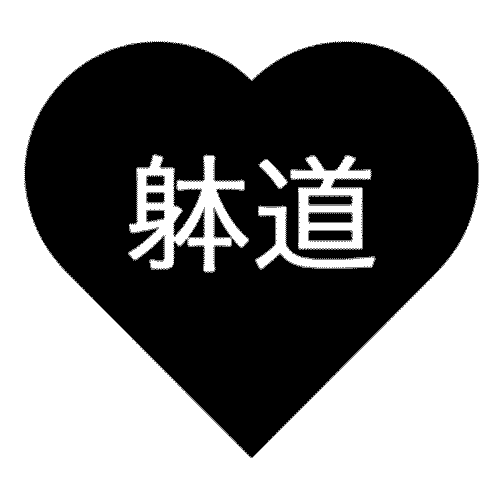Sentai is a class of Taido techniques that make use of a spinning motion. For the most part, they are executed with the body upright and consist of a spin with an attached strike or kick.
Of all the sotai, sen- is probably the easiest to conceptualize, but still mechanically-complex.
Since Sen- is the first hokei most Taido students learn, we tend to take it for granted and stop practicing it, but there's a lot of fun to be had with sentai.
As an example, here's a creative interpretation I came up with for the Kansai regional tourney a few years back:
Doko Go (5) Kai for Sentai
Each technique class in Taido is defined by a set of characteristics describing its proper execution, called Doko Go Kai.
Here’s the key points for executing sengi:
- Sentai furin - Think of wind swirling between trees. You should feel like a leaf being carried by a spinning wind. Sentai spins forward and down, using the spin and gravity for power.
- Kihatsu seiken - Be careful of your shoulders. By slowing or stopping your shoulders, your opponent can end your sentai. To prevent this, do not begin turning your shoulders too soon. Hold your spin until you can complete it in one quick motion.
- Daen koka - Sentai spins like the coil of a spring. as you rotate about your body's axis, your hips descend, achieving their lowest position at the moment of contact with your opponent. You must remain upright when you spin. Otherwise, you will be prone to losing your balance.
- Sando ittai - It is important to initiate motion in your feet, hips, and arms at the same moment to begin the technique. Timing is a crucial element of an effective technique.
- Ganka sokketsu - Target for sentai is the ganka. It is located a little below either nipple.
Examples of Sentai Techniques (Sengi)
Sentai as a turning motion is not unique to Taido, but its application is fairly unorthodox when compared to other arts. Here are some examples of sengi (Sentai techniques):
- Sentaizuki (sentai no tsuki) - The most basic sengi steps and spins towards the opponent, ending in ejizuki (a punch executed from ejidachi - a stance taking its name from the Japanese letter え).
- Sentai enpi / tecchu ate - Like sentaizuki, except the strike is with the elbow.
- Sentai shutto - Like sentaizuki, except the strike is with the shutto - knife hand.
- Sentai haimendori - Since grabbing the opponent is not allowed in jissen, this rear grab (haimendori literally means "taking the back") is very rarely seen or practiced.
- Sentai gyakusenate - This is another rare one. After spinning, the elbow strikes to the rear from fudodachi.
- Sentai shajogeri - This is simply a shajogeri executed from a Sentai spinning motion. The rotational and downward momentum of the sen movement transitions into the change of body axis to initiate the kick.
- Kaijogeri - Similar to sentai shajogeri, Kaijo (literally "spinning condition of body") is a roundhouse-style kick executed immediately after a spin.
Sen Hokei
There are two sen hokei in Taido:
- Sentai no hokei
- Senin no hokei
Here’s a reference animation of Sentai Hokei created by one of my teachers:
And here's the Kitasato University team performing Senin Hokei at the All-Japan students' tourney in 2012:

